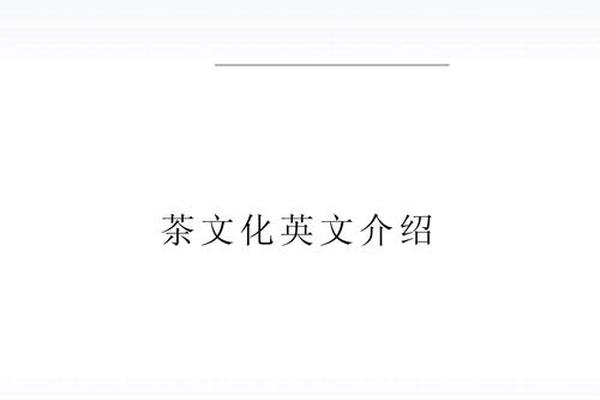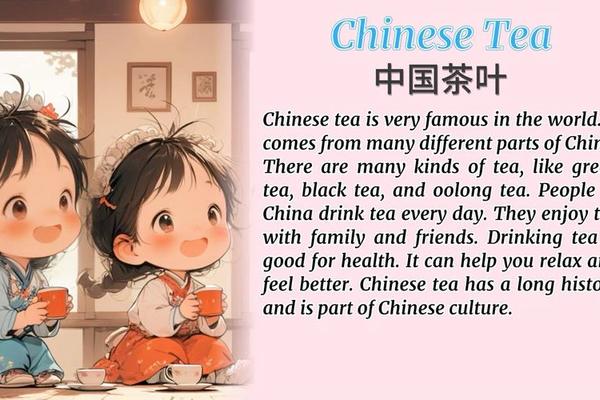中国茶文化和茶礼仪英语(茶文化的发展)
编辑:遁地八字网
2025-04-17 14:34:29
浏览:15次
遁地八字网算命网
Chinese tea culture and its associated etiquette reflect a profound historical evolution intertwined with philosophy, social norms, and artistic expression. Below is an overview of its development and key rituals:
1. Historical Development of Chinese Tea Culture

Origins in Mythology: According to legend, tea was discovered by Emperor Shennong around 2737 BCE when tea leaves accidentally fell into his boiling water. This marked the symbolic birth of tea as a medicinal and ceremonial drink .
Han Dynasty (206 BCE–220 CE): Tea was primarily used as a medicinal brew for the elite, with archaeological evidence showing its role in rituals and health practices .
Tang Dynasty (618–907 CE): Tea became a national drink, popularized by Buddhist monks who used it to aid meditation. Lu Yu, known as the "Sage of Tea," authored The Classic of Tea (茶经), systematizing tea cultivation, preparation, and appreciation. This work laid the foundation for tea as an art form and spiritual practice .
Song Dynasty (960–1279 CE): The practice of whisking powdered tea (similar to Japanese matcha) emerged, emphasizing aesthetics and ritual precision. Tea competitions and poetry became popular among scholars .
Ming and Qing Dynasties (1368–1912 CE): Loose-leaf tea replaced compressed tea bricks, simplifying preparation and making tea accessible to the masses. The Qing Dynasty also saw the refinement of tea etiquette, such as the "finger kowtow" gesture to express gratitude silently .
2. Philosophical and Cultural Significance
Harmony with Dao (Tao): Chinese tea culture embodies Daoist principles of harmony, tranquility, and authenticity. Lu Yu linked tea to the "mysterious unity of the Universe," emphasizing mindfulness and inner peace during tea drinking .
Social and Moral Values: Tea became a medium for fostering relationships and demonstrating respect. During the Tang Dynasty, tea was said to have "ten virtues," including promoting courtesy, dispelling lethargy, and nurturing virtue .
3. Traditional Tea Etiquette
Key Rituals:

Respectful Serving:
Guests are served tea immediately upon arrival as a gesture of hospitality. The host or tea master prepares the tea meticulously, often using precious utensils and high-quality water .
In weddings, brides and grooms kneel to serve tea to their parents, symbolizing gratitude and familial respect .
Seating Arrangements: The guest of honor sits to the host’s left, with precedence given to elders and teachers. Sitting directly opposite the host is avoided unless occupied by a child .
Finger Kowtow (叩指礼): A Qing Dynasty legend explains this gesture: Emperor Qianlong’s servant tapped his fingers on the table to mimic kneeling, avoiding exposure of the emperor’s identity. Today, lightly tapping two fingers expresses silent thanks to the tea server .
Four Don’ts in Tea Houses:
1. Avoid gulping tea; savor its flavor gradually.
2. Never spit out tea, as it is seen as disrespectful.
3. Refrain from smoking unless permitted.
4. Stay focused; tea drinking is a meditative practice .
4. Global Influence and Modern Revival
Spread to Japan and Europe: Tang-era tea practices influenced Japan’s matcha ceremony, while Dutch traders introduced tea to Europe in the 17th century. British demand later reshaped global tea trade dynamics .
Cultural Revival: After losing its tea monopoly during the Opium Wars, China has reclaimed its status as a leading tea exporter. Traditional ceremonies, such as the Gongfu tea method, remain popular, blending historical reverence with modern appreciation .
Conclusion
Chinese tea culture is a living tradition that bridges ancient philosophy and contemporary life. From Lu Yu’s spiritual teachings to the nuanced rituals of finger kowtow, it continues to symbolize harmony, respect, and cultural identity. For further details, explore the sources cited .




